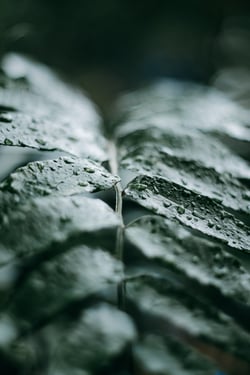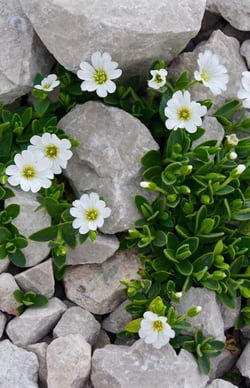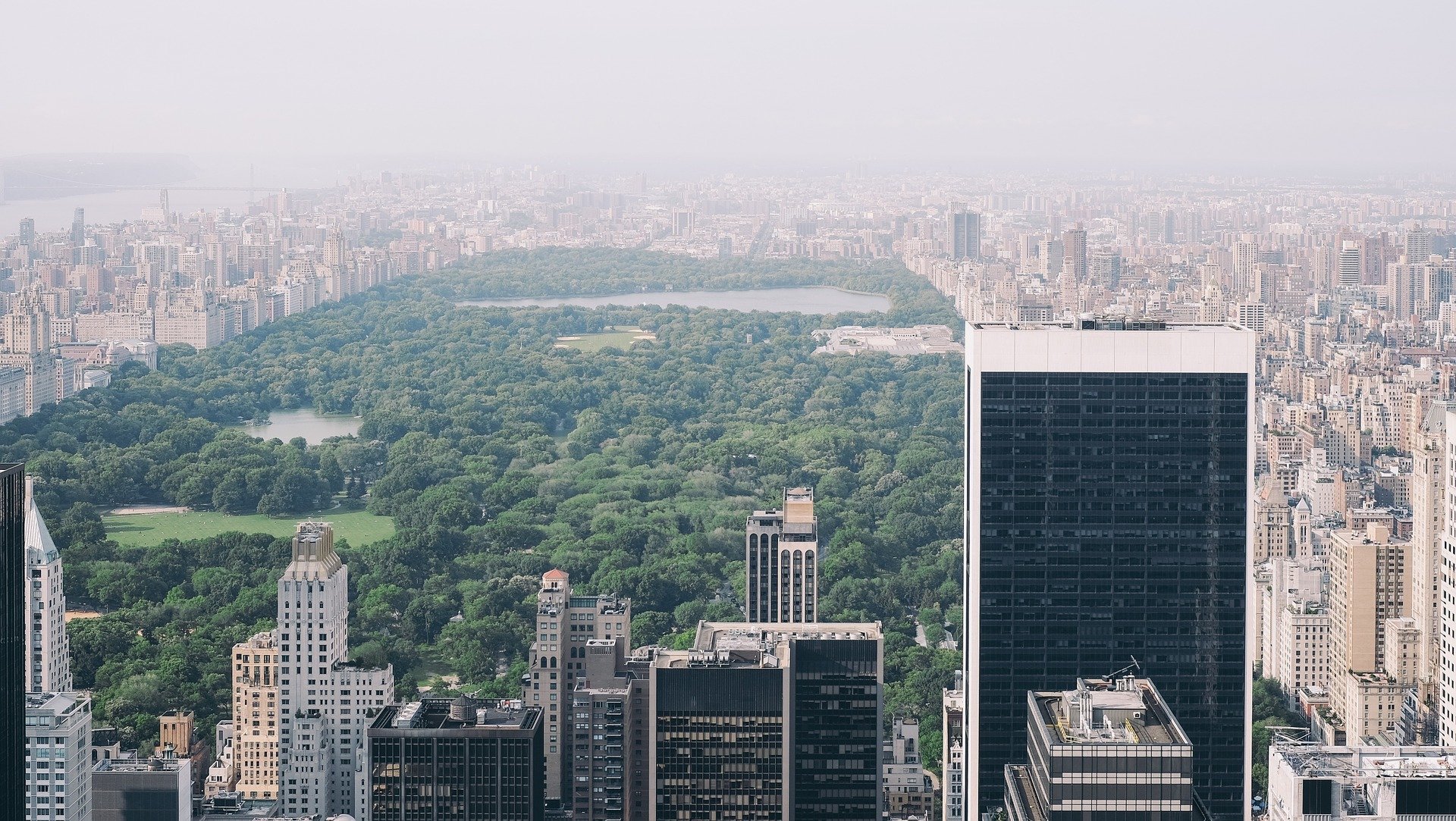Understanding green infrastructure is the first step in leveraging its awesome power toward a better future
Sometimes remakes just aren’t as good.
Seriously, ask anyone who’s ever loved a movie from the 80s if the new version is better. (Spoiler alert: They’ll say no.)
The same goes for nature’s ability to handle the vast gallons of stormwater that pour down from the sky during every shower and blizzard – versus our ability to manage that water on our own.
That’s where green infrastructure comes in.
What Is Green Infrastructure?
 Do a brief search online and you’ll find a wealth of definitions about exactly what green infrastructure is, which will likely leave you reeling. Clarification is in order.
Do a brief search online and you’ll find a wealth of definitions about exactly what green infrastructure is, which will likely leave you reeling. Clarification is in order.
First, note that while many people treat green infrastructure as a synonym for stormwater management, that is not the case.
The Environmental Protection Agency’s definition, for instance, defines the difference between green infrastructure and stormwater management as one largely based on location:
“While single-purpose gray stormwater infrastructure—conventional piped drainage and water treatment systems—is designed to move urban stormwater away from the built environment, green infrastructure reduces and treats stormwater at its source while delivering environmental, social, and economic benefits.”
American Rivers adds to this definition by wrapping in the natural element, explaining that “Green infrastructure is an approach to water management that protects, restores, or mimics the natural water cycle.”
To our way of thinking, green infrastructure is any technology or system that helps keep stormwater away from the city streets, sewers and natural waterways it plagues, and diverts it toward more useful purposes.
However, even that is too simplistic.
The Real Question: Is Green Infrastructure Only About Water?

A current problem in today’s green infrastructure world is this limitation to focus on water. While stormwater management is a crucial practice in today’s growing urban areas, we should not restrict our sights simply to the management of rain and snowmelt.
Typical of Europe, which is several years (if not decades) ahead of the American environmental movement, the European Environmental Agency redirects the focus to a more holistic vision of green infrastructure.
According to their definition, it is a set of principles that focus on enhancing nature’s inherent processes within and around urban areas – of which water is only one.
These principles, it holds, should incorporate those natural processes into the design and execution of urban building projects from the beginning.
Frankly, we’re with Europe on this one. If we limit green infrastructure only to stormwater, we miss out on a huge number of opportunities to encourage and facilitate the natural processes that enrich our cities and wild spaces.
Where Do Current Green Infrastructure Solutions Fall Short?

Too often, once we find an approach that works, we tend to replicate that approach full-bore. (Looking at you, cupcake craze of 2016. Get over it, everyone! Cupcakes aren’t a new thing!)
So while, say, water treatment plants may provide excellent purification benefits, we need to stop more often and ask:
Do we really need one? Or is there another way?
Truth is, there often does exist another way. For instance, can you plant trees and restore wetlands instead?
Can you help manage floodplains naturally so that they can perform their prehistoric service of holding water until levels drop again?
Can you build green roofs or other systems that provide the same benefits?
Can you create systems that go beyond water and provide homes for plants and animals as well?
We say yes. And there’s a good reason for that: Nature’s systems work best.
Why Does Nature’s Stormwater Approach Work Best?

Technology rocks, plain and simple. Cutting-edge products that work within and enhance the natural sphere are totally sweet.
But they’re not the only answer. In fact, if you want the best solutions for protecting public health, wildlife and city infrastructures, nature has most of those answers – so we should really take our cue from her. After all, she’s had millions of years of experience managing the water cycle, where we’ve had decades at best.
That’s why, at Ecogardens, we place our focus on creating urban systems that replicate wild ones. Rather than building cement dykes to route water, we create green roofs and bioswales to retain and detain water, just like in the wild. Rather than lining rivers with sandbags or concrete, we help restore natural waterways. And that’s just the beginning.
To us, that’s true green infrastructure, and we’re big fans of it.
The good news?
You can participate in the solution too.
How Can You Help Steward Healthy Ecosystems with Natural Green Infrastructure?
 So, what’s your role in improving green infrastructure in our communities?
So, what’s your role in improving green infrastructure in our communities?
Start exploring your options, simply put. Instead of waterproofing a roof using traditional methods, why not rely on nature to do it with plants, trained by evolution to snatch water out of the air and give it back at the appropriate time?
Similarly, instead of installing expensive sprinkler systems that drown some plants and fail to hydrate others, why not invest in smart xerigation technologies that provide maximum irrigation without the waste? Or use a growing media that mimics absorbent soil at a fraction of the weight?
At the end of the day, it’s only when we work with nature rather than against her that we succeed.
See, our point isn’t that there is one right way to manage water’s natural cycle of boom and bust, drought and flood. In fact, our point is exactly the opposite of that: We must take a unique approach in every situation, otherwise we’ll quickly fall into the one-size-fits-all trap, which pretty quickly fits no one.
If you’re interested in learning more about your right solution, we urge you to get in touch today.


